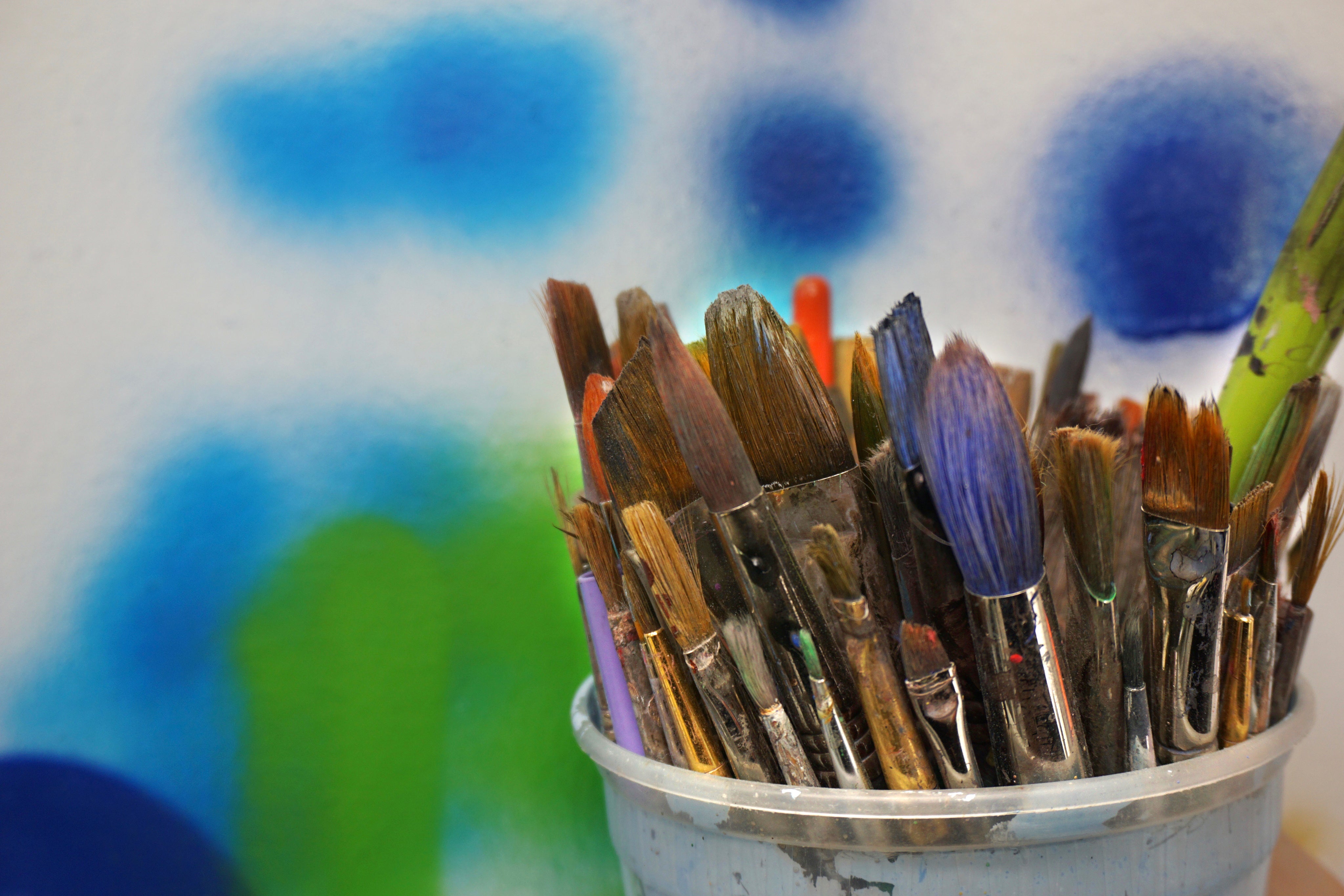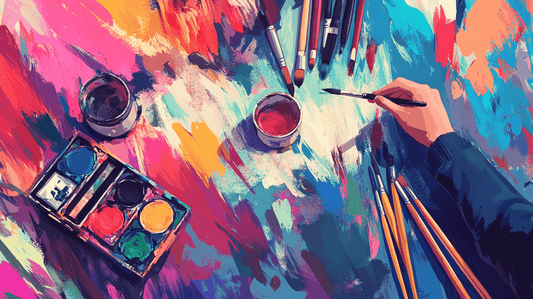People have practiced calligraphy art in countries around the world for centuries. Simply put, calligraphy is the art of beautiful handwriting. The word “calligraphy” comes from the Greek words “kallos,” which means “beauty,” and “graphein,” meaning “to write.”
Calligraphy didn’t begin as an art form but rather as a form of writing. According to Getty, the earliest known writings hail from Mesopotamia around 3400 BC. Different styles include Arabic calligraphy art, Islamic calligraphy art, Chinese calligraphy art, and Japanese calligraphy art.
We love art and artists at Guiry’s. If you’re wondering how to do calligraphy art, what specific calligraphy tools and pens you need, or want to know more about the history of calligraphy, check out our comprehensive calligraphy guide.
Everything You Need to Know About Calligraphy Art
Here’s everything you need to know about the elegant and timeless art of calligraphy.
Calligraphy Origins
Ancient calligraphy has its roots in China and the Middle East and began with pictographs and ideographs made on surfaces of jade and oracle bones, according to Tomorrow’s World Today.
The elegant writing style has existed for thousands of years, but the term “calligraphy” didn’t earn a distinction until the mid-15th century when printing first began in Europe. The word “calligraphy” joined the English language in 1613.
Thankfully, printing didn’t end the practice, and artists still used handwriting in musical scores, scientific notation, and other creative works in the 19th century.
Chinese Calligraphy Art Importance
Chinese calligraphy, along with painting, was the most important art form in the nation during the Han dynasty (206 BCE – 220 CE). “All educated men and some court women were expected to be proficient at it,” WorldHistory.org notes. This expectation carried well into modern times.
“Good calligraphy” required exquisite brush control and attention to composition, with “rapid, spontaneous strokes.”
Ancient calligraphers used highly flexible brushes made from animal hair and, sometimes, a feather tied to a bamboo pole. Writers made their own “ink” by rubbing a dried “cake,” a blend of animal or vegetable matter, minerals, and glue, against a wet stone. They wrote on wood, bamboo, and silk from c. 300 BCE before using paper around c. 100 CE.
Writers also applied calligraphy to objects like fans, banners, and screens. As it grew in popularity, calligraphy became one of six classic, ancient arts, along with archery, music, charioteering, numbers, and ritual.
The most revered Chinese calligrapher was Wang Xizhi (c. 303 – 365 CE). He was known as the “Sage of Calligraphy,” according to New World Encyclopedia. People copied his and other famous calligraphers’ scripts throughout time — even into printed books.
Western Calligraphy
Western calligraphy uses the Latin alphabet. The handwriting style dates from the present day back to the 1st century AD. Rustic capitals and square capitals were the most popular scripts of the Roman Empire. Over time, writers transitioned from papyrus to parchment as their writing surface.
Modern Calligraphy Tools
In today’s digital landscape, calligraphers still practice their craft by hand on elegant wedding invitations, graduation announcements, birth announcements, and other documents.
Essential calligraphy tools and supplies include a writing instrument, ink, and a writing surface. Different types of pens render different kinds of strokes.
Calligraphy pens have different kinds of tips — called nibs. They include round, flat, and broad types. They are also called broad-edged pens, pointed nib pens, and brush pens. Guiry’s 3-pc Yasutomo Calligraphy Black Set contains 2.0 fine, 3.5 medium, and 5.0 wide tips.
Other essential calligraphy tools are calligraphy ink, paper, a ruler, a pencil, and an eraser.
Note: Not every calligraphy pen or paper type works with every calligraphy style. As with any art project, using practice paper to practice your techniques and then putting your finished project on the final artwork paper is a good idea.

Photo: via Shutterstock.com
How to Get Started with Calligraphy
If you’re interested in learning calligraphy, the good news is you don’t have to have perfect handwriting or any special skills to get started.
As previously mentioned, different pens and paper will work best with varying calligraphy styles. So, you first need to choose which calligraphy style you want to learn first.
Monoline calligraphy is a beginner’s style similar to cursive writing and doesn’t require fancy tools. You can start with just a pencil or pen and basic paper. One essential calligraphy skill to remember is that upstrokes produce thin lines, and downstrokes produce thick lines.
To learn how to do monoline and other calligraphy styles, sign up at a local calligraphy class, watch calligraphy tutorials on YouTube, download and print free calligraphy practice sheets, or buy a beginner’s calligraphy workbook.
Check out Guiry’s Line of Art Supplies
Guiry’s carries a wide array of painting, drawing, and sketching supplies. Whether you need basic paper for calligraphy or want to try your hand at other mediums like watercolor painting, we’ve got various art supplies to suit many artistic pursuits.
Check us out online or visit one of our store locations. We’re happy to help you start your project!





